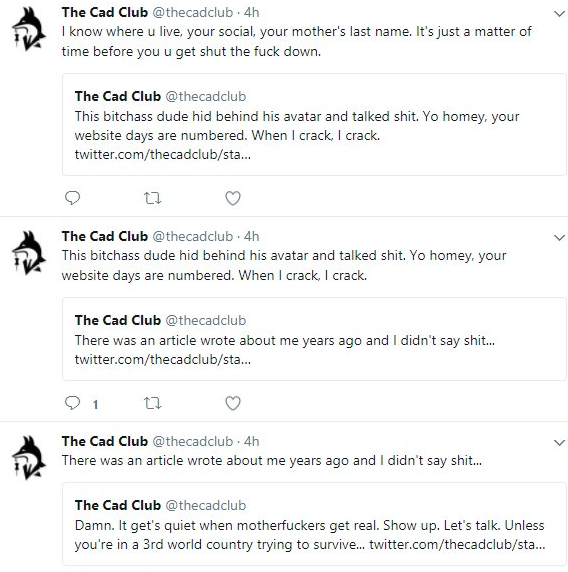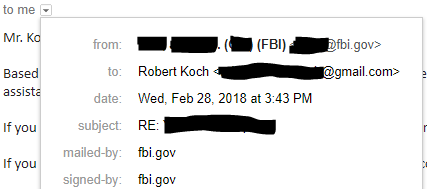Recently, I saw a big story about Roosh V being banned from Amazon. His books were taken down and his Kindle account (presumably) shuttered.
Between this and Alex Jones, it’s interesting to watch big tech’s deplatforming movement.
But, politics or personal opinions aside, today’s article looks at these situations from a business angle.
Specifically, why being banned from Amazon might be a blessing in disguise.
We’ll look at the pros and cons of Amazon’s Kindle program, and an alternative option which could put way more money in Roosh’s pocket.
Who Benefits Most From Kindle Publishing?
I’ve published a ton of books through the Amazon Kindle program. Back in late 2014 and early 2015, erotica was a hot niche and I’d often crank out five or six titles per week.
This huge quantity of books still brings in an average of $9.78 per day. Plus additional money through the Kindle Unlimited and Audible programs.
The reason for these continuous sales?
Amazon the third largest search engine. Pick the right keywords, get enough traffic, and you’ll generate a handful of passive sales
This is great for smaller authors or people who write about obscure topics.
You’re able to rank well in Amazon’s search algorithm, bringing your book extra traffic. Additionally, if your title reaches a “Customers Also Bought” list, expect an uptick in random sales.
That said, selling books takes work.
Unless you’re James Patterson or Stephen King, you’ll never sell hundreds of books passively off Amazon algorithms.
Random sales here or there are nice. But most purchases will come from your fans.
This means the majority of buyers are already coming from your blog, email list, Twitter account, Facebook page, YouTube channel, etc… So if you want to make more sales, focus on marketing through these avenues.
Which leads us to the next point.
More Sales, Less Profit
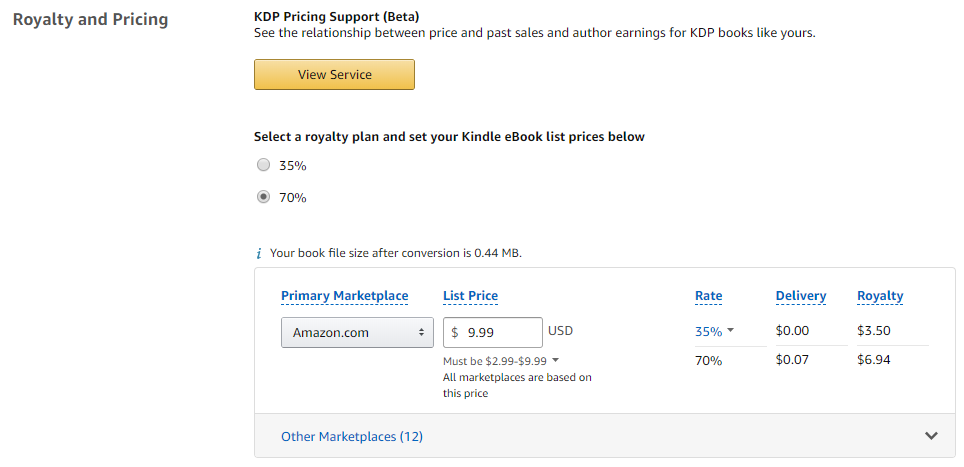
(A $9.99 Book Nets $6.99 In Royalties, Minus Amazon’s $0.07 “Delivery Fee”)
Kindle Publishing takes a 30% cut of all sales. And, it artificially caps authors with a maximum pricing of $9.99. Technically, you can charge more but there’s a stiff penalty for doing so.
At $9.99 per book, you’re only making $6.99 in royalties.
That’s not a lot. Especially since 10 books a day is considered “great sales.”
Case in point, the book Models by Mark Mason. This is one of the top dating books on Amazon (I read it years ago and liked it) and it sells about 14 copies per day. That’s a lot (in the publishing world) and borders on “perennial seller” status.
Anyway, at 14 books per day, the author makes $97.86.
This works out to $35,718.90 per year.
Now, let’s look at the same sales figures. But in this scenario the author sells his book via direct download, keeping 100% of his profits.
$9.99 per book x 14 books x 365 days = $51,048.90.
Quite the difference!
I don’t know how many sales come from Amazon’s rankings versus Mark Manson’s own site, but the author could only sell 10 books per day via direct download and still make more than he does off 14 Amazon purchases.
Why Being Banned From Amazon Shouldn’t Hurt Large Sites
Getting back around to the Roosh V example, Roosh owns three massive platforms:
- Roosh V
- Roosh V Forum
- Return Of Kings
Return Of Kings gets over 3 million unique visitors each month. Far more traffic than any random shoppers Amazon’s algorithm will provide.
If Roosh did nothing but add a footer to every Return Of Kings post and pitch his book (now sold via direct download on a simple landing page), he’d instantly make 30% more money than he would have through Amazon.
Let’s say that the footer sales pitch is terrible and so ignored that Roosh only sells 10,000 books from it at $10 each.
That’s $100,000.
Now let’s say he sells 11,000 books through Amazon at $7 each.
He makes $77,000.
So he’s making $23,000 more through direct downloads, while also selling 1,000 fewer books.
By having a huge platform, Roosh can make sales directly without relying on Amazon’s support. And even if he sells fewer books, his profit margins even things out.
Closing Thoughts
For many big brands, especially those outside of mainstream tastes (InfoWars, Return Of Kings, WikiLeaks) normal distribution channels aren’t always important.
Since his YouTube ban, Alex Jones lost a ton of video views. Instead of getting hundreds of thousands per clip, he now gets somewhere in the ten thousand range.
But, does that really matter?
How many YouTube viewers were trolls or there solely to comment about “gay frogs?”
If his core audience of loyal followers is actually ten or twelve thousand, but they keep buying his Super Male Vitality or magic brain pills, it doesn’t really affect him.
Same goes for Roosh’s eBooks.
If you’ve built up a brand which generates millions of visitors each month, how much of a boost is Amazon giving you compared to just marketing on your own site?
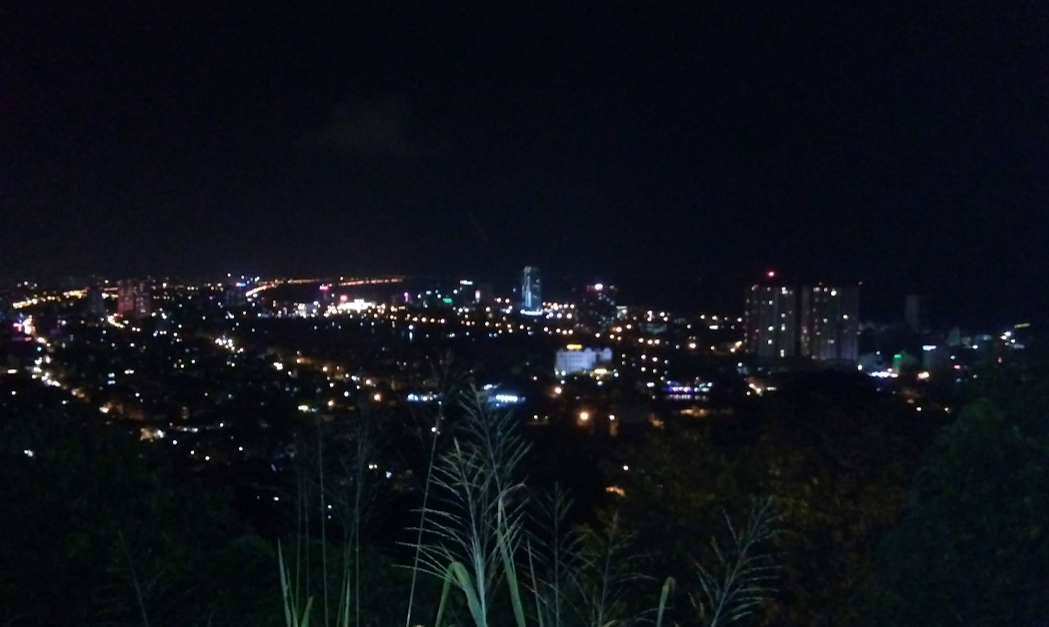
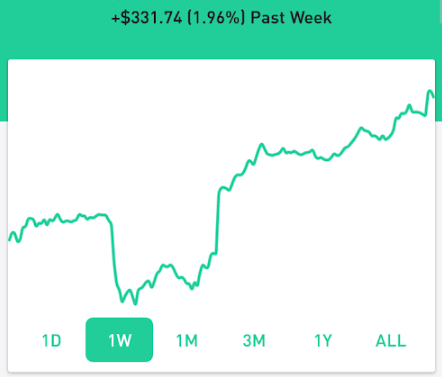
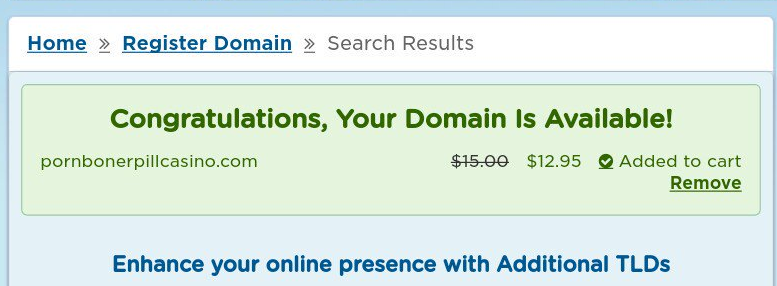
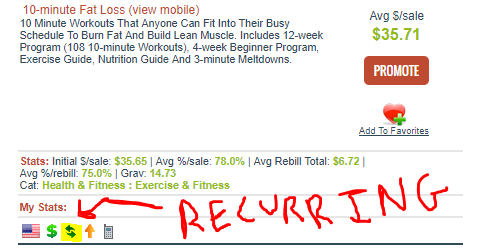

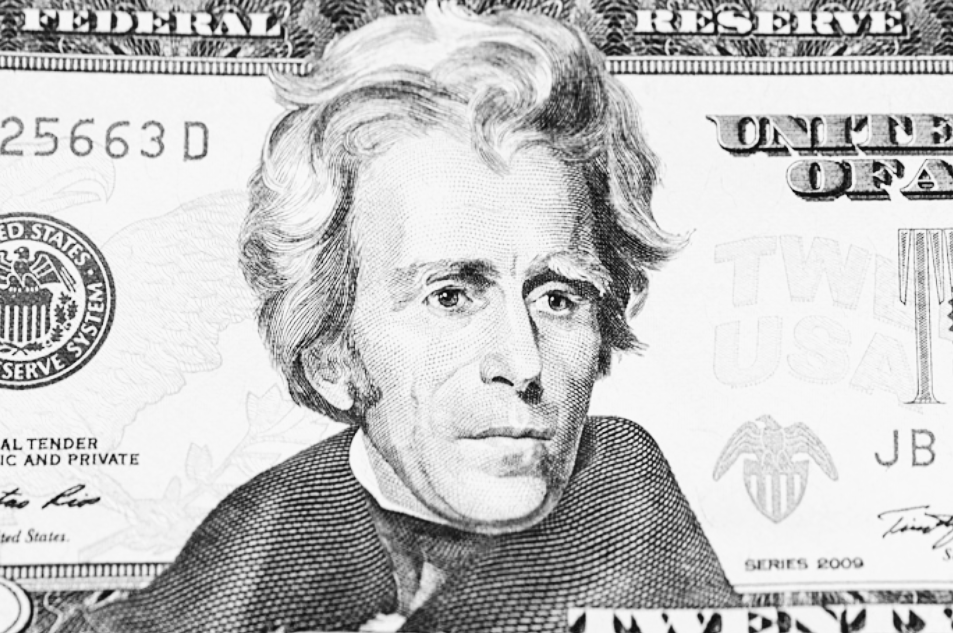
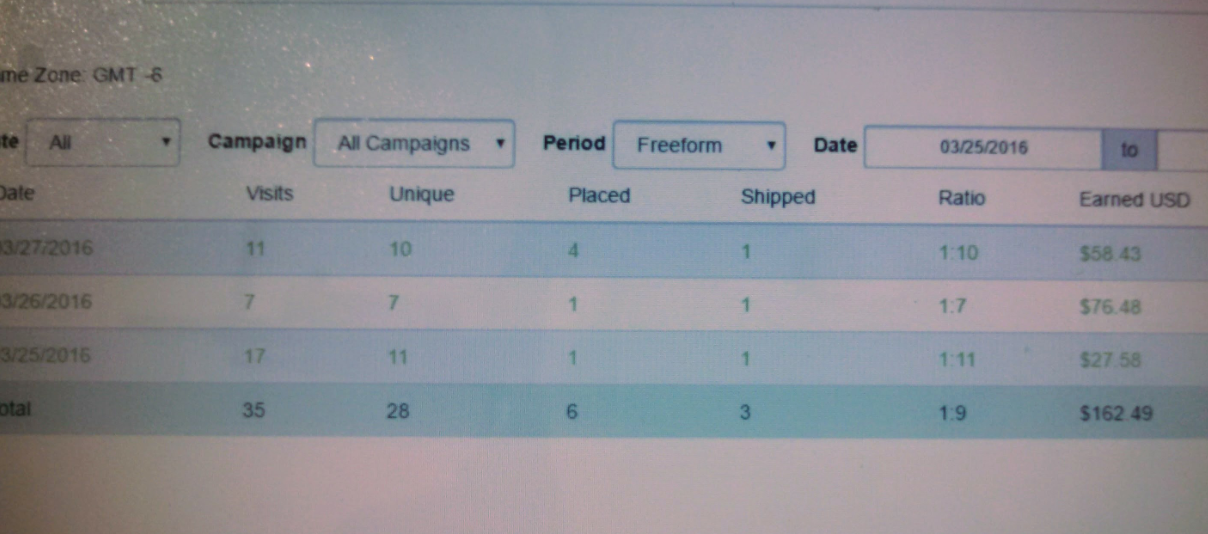
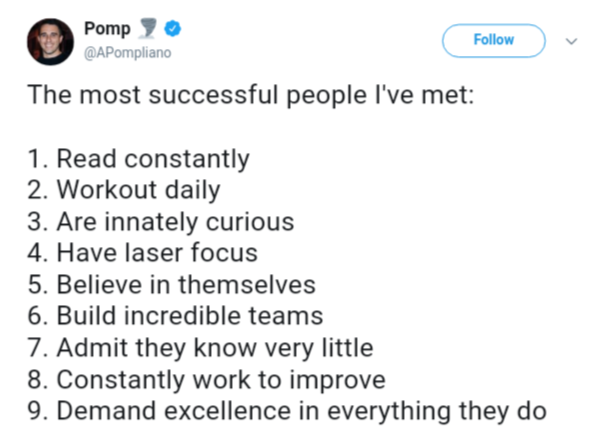
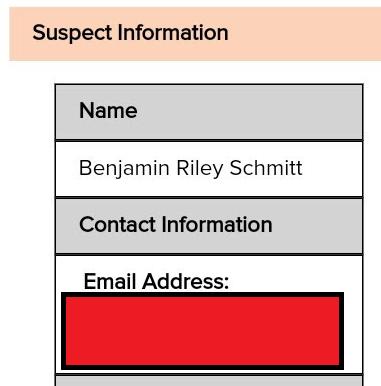 Is Benjamin Riley Schmitt guilty of identity theft?
Is Benjamin Riley Schmitt guilty of identity theft?